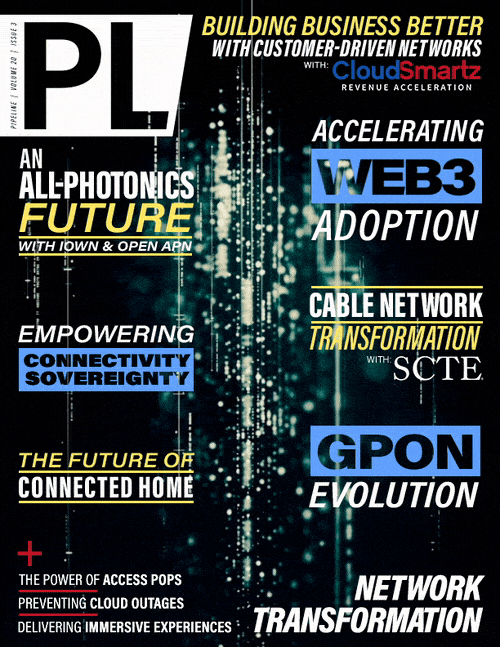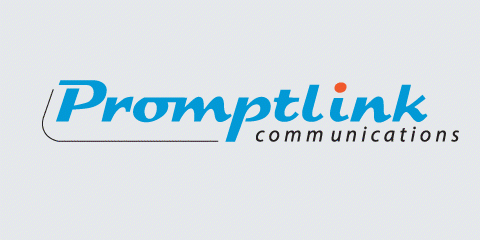The Future of the Connected Home
Adding Value to Broadband QoE
By: Craig Thomas

The number of high-bandwidth applications, such as video streaming, remote working, and gaming, have multiplied within the home. In turn, broadband service providers have been called upon to differentiate their service offerings and effectively deliver a high-quality broadband experience for the end-user.
Many service providers are ready to move beyond reliable connectivity and speed. They are collaboratively turning their attention towards the adoption of broadband value-added services (VAS) to enhance the customer experience.
According to a new report by Omdia and the Broadband Forum, nearly three quarters of the 111 global broadband service providers (BSP) surveyed have identified broadband application prioritization as a key focus in the future of the managed smart home. This is because consumers are becoming increasingly aware that higher speeds and bandwidth are not enough to enjoy the full potential of their devices and services within the home. They are looking to pay and subscribe for broadband packages that include VAS and applications that help maximize their broadband experience with an element of control.
A Win-Win for the BSP and Customer
The responsibility of broadband service providers is to satisfy their customer needs. One of the main challenges they face when managing the connected home is catering to the wide spectrum of devices it brings with it. Consumers expect their service providers to deliver on the concept of the smart home, whilst at the same time guaranteeing reliable, fast broadband services with the appropriate QoE that the applications they individually use demand.
About Promptlink - www.promptlink.com
Promptlink Communications is an industry innovator in network noise detection and CPE testing, with 15 patents demonstrating the innovation and breakthrough technology Promptlink
has developed. One key innovation has led to solving the puzzle of localizing and repairing ingress and other types of HFC noise and impairments. Machine learning and a huge library
of labeled data is used to identify the type of noise or other impairment and sends the specific location directly to a technician, with no analysis required. Promptlink’s Network
NoiseHawkAI provides a fully-automated solution for localizing, diagnosing and repairing Upstream Noise and other impairments. NoiseHawkAI automatically localizes a point in your
network, provides instructions to find and fix the issue, and validates the fix. All steps are fully automated, using the latest AI technology to send all info straight to a
smartphone. Promptlink's patented and award-winning solution is one-of-a-kind. This is only one of many unique solutions provided by Promptlink.
Services such as home broadband, Wi-Fi speed and reliability guarantees, and speed testing are already prominent and expected as part of existing broadband offerings, with more than 60% of service providers stating they had already deployed these services. But within the constantly changing connected home, a much wider variety of services is required.
Security is a key concern for both broadband service providers and end-users, as work, education, and leisure continually migrate into the virtual world. The majority of providers in the broadband ecosystem have also begun adhering and working to company-level sustainability commitments, requiring metrics such as energy efficiency and power-savings measurements. More than a quarter of service providers have advised that they plan to deploy these applications within their broadband packages, along with the likes of home working and Matter-enabled IoT value-added services in the home. The array of services that can now be offered presents today’s broadband service provider with the opportunity to not only improve the overall Quality of Experience (QoE), but also to seize the new revenue opportunities they promise.
By integrating a wide range of services onto CPEs, service providers can truly differentiate and tailor their service offerings to their diverse customer smart homes while also having room to offer premium services to the likes of gamers and remote workers. These users may be more willing to spend additional money every month on lower-latency or greater reliability on an application basis. But they must first navigate the obstacles that could slow down the effective delivery of the VAS and applications.
On-boarding Issues
For broadband service providers, having to integrate different services and technologies from different vendors is one of (if not the greatest) challenges they face when implementing VAS. Traditionally, launching a new service can take months of integration involving numerous different hardware vendors, chip sets, and operational support system (OSS) platforms. This can make launching new services and applications costly and technically challenging, which is a clear factor for service




















